Most Russians are familiar with hypermarkets, where you can buy essential goods at a very attractive cost. Of course, many immediately realized that these were discounters. Usually they represent a whole network of stores and are of particular interest to buyers seeking to save money.
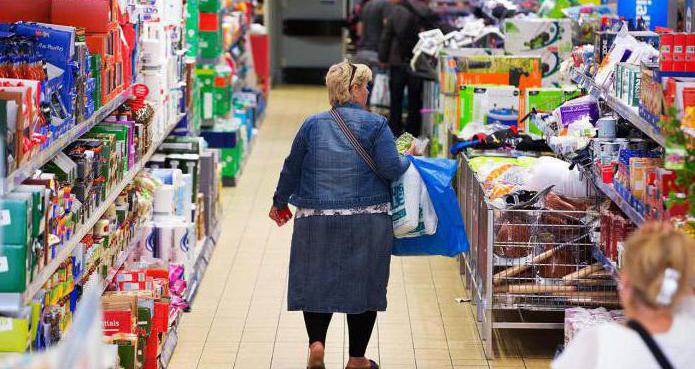
About the concept
Where did the term “discounter” come from? This word is derived from the English "discount", which means "discount". And in trade-related terminology, “discounter” refers to a low-cost store with a self-service system. In Europe, such outlets have been around for quite some time. But they came to Russia only in the 2000s.
Why are the prices lower?
The low cost of goods in stores of this class is possible due to minimal trade margins, which usually do not exceed 12-15% of the purchase price. In ordinary shops and supermarkets, the margin on goods can sometimes reach 50%.
Discounter is a store with a narrow assortment, limited only by an assortment of everyday demand and essential goods. Due to the costs of selecting products and saving on retail space, the retailer can reduce the costs associated with pre-sale preparation. Therefore, the margin in such stores is relatively small.
According to managers, marketers and economists, it is important for a discount store to settle down at the intersection of consumer flows, in new areas, on the sites of old-format supermarkets and in popular shopping centers.

Come from default
The start for the emergence of new format stores (discounters) was the 1998 default. It was then that in order to attract a new buyer with incomes below the average, such points were created. If until this moment large retailers worked on average, and often above the average price segment, now they are ready to attract a customer who purchases basic food and household goods in markets and tents to their stores.
First swallow
The first among such discounters in Russia was the Kopeika chain of stores. Then other large retail chains reached: Magnit, Perekrestok, Pyaterochka, Dixy, Holdi and so on. Today, discounters are fast-growing retail chains. Demand for their product range is always and everywhere. At the same time, retailers do not put forward special requirements for the areas of retail premises and their appearance. The main requirements here are a suitable area of trade and warehouse rooms and the convenience of transport interchange.
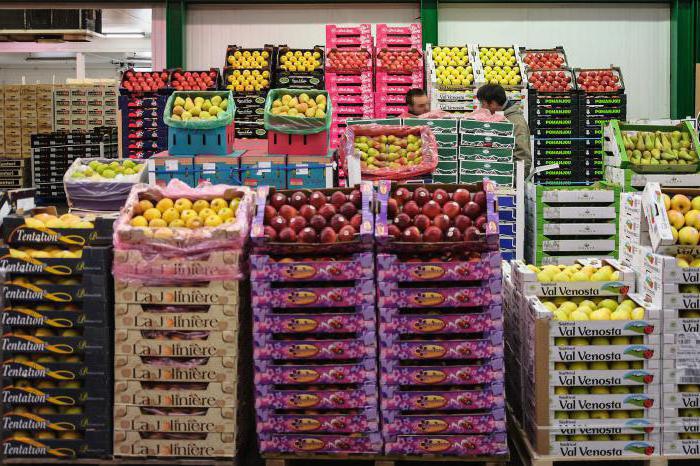
Distinctive features
Shops of this class, appearing in Russia in the late nineties - the beginning of the two thousandth, rather resembled storage facilities. The level of service and quality of the goods offered also left much to be desired. However, today, despite the necessary costs due to savings in retail space and quality of service, discount stores have reached the level of ordinary stores. Now customers do not want to buy products that suit them at a price, but are not satisfied with the quality. Therefore, the range of goods offered undergoes rigorous monitoring and control.
Features of the discounter
A review of modern retailers suggests that stores of this class work in two formats. The most attractive both for continuous customer flow and the retailer itself is the “hard” type of discounter.The meaning of this concept is associated with savings in rental space and staff. It does not require storage facilities and warehouse staff. They usually range from 200 to 300 square meters. Goods in such retail outlets come directly from distribution centers and are exhibited in the sales area without pre-sale preparation - in boxes and boxes. In order for such a discounter to bring optimal income, the distribution network should consist of no less than hundreds of such stores and have a well-thought-out logistics system with its own fleet and distribution warehouse centers.
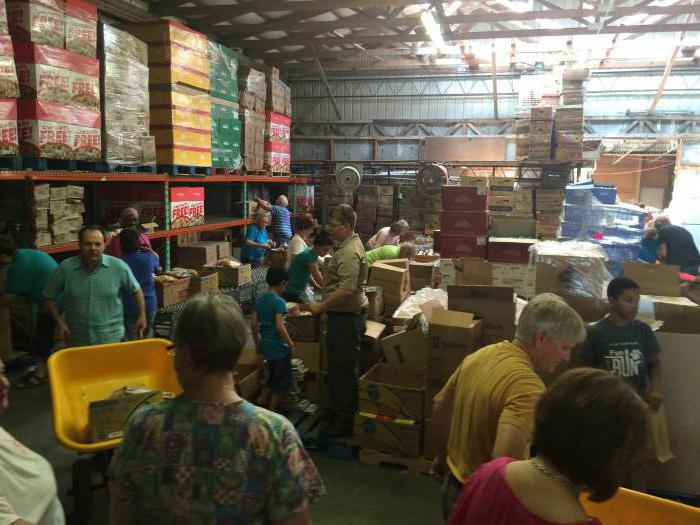
In the footsteps of European tycoons
The first hard-drive discounters appeared in Germany in the early 60s of the last century. The classic representatives of the food chains Aldi and Lidl have been successfully working there until now. Moreover, the network of these stores has spread throughout Europe and America. Today, these retailers have occupied a significant share of the German market, which amounts to just over 45%.
In our country, Magnit is one of the most prominent representatives of such retail chains. It is by the example of this operator that one can understand what a hard discounter is. Warehouse logistics of this distribution network involves the use of retail space of not more than 300 square meters, with minimal repair and simple design. However, the presented Magnit assortment line is much wider and richer than its European counterparts. The distribution network represents more than 3,000 items of consumer goods, most of which are bought up within a few days. This makes it possible not to use warehouses and utility rooms, i.e. does not require storage costs.
Thanks to a centralized supply chain of goods from a single distribution center, Magnit can reduce potential costs to the maximum. The retailer has its own fleet, consisting of heavy trucks and refrigerators, as well as small maneuverable gazelles. Well-organized transport logistics allows you to freely deliver goods to any part of the city. Another predominant factor in the successful business of the distribution network is an automated system for controlling the movement of goods. As you know, a properly organized system of providing goods enables the network to effectively develop. Following the results of past years, Magnit became the leader among Russian discounters. The company annually receives huge profits and is constantly increasing turnover.
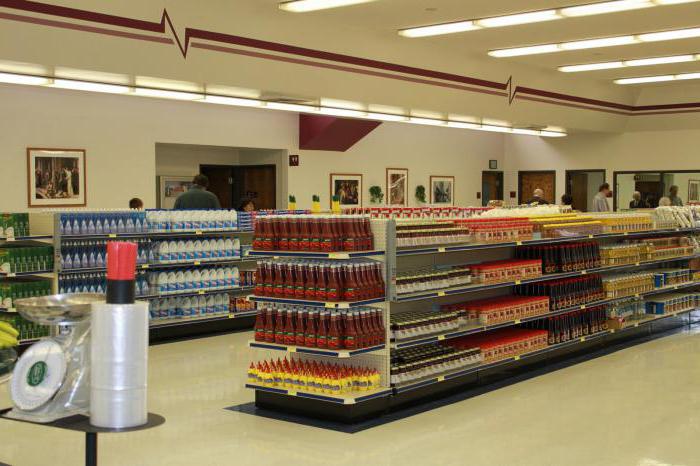
“Soft” format for retailers
Nevertheless, with all the advantages of the business model of hard discounters, this type of store is absolutely not attractive to middle-income shoppers. What to say about people with high incomes? They do not want to go to such stores at all, however, this category of buyers has a desire to save. It is for such a range of customers that soft discounters are designed.
The pricing policy in such stores is slightly higher than in “hard” discounters, however, the level of service and product range is much better. Usually their retail premises occupy large areas and are equipped with an extended cash line, which eliminates the formation of queues.
Assortment of discounters
Of course, the presence on the Russian market of grocery discounters has a positive impact on the development of the economy and the welfare of citizens. Nevertheless, the groups of goods represented in such trading enterprises are not limited only to food and essential goods. To date, there are many large inexpensive stores of clothing, shoes, electronics, household appliances. There are also pharmacy discounters.
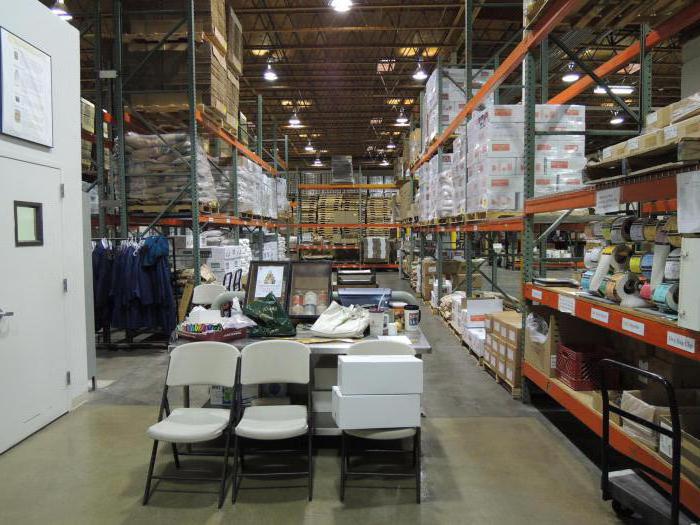
What is a shoe discounter?
The most prominent representatives of shoe trading operators in Russia are TsentrObuv and Mattino.A constant influx of customers in the stores of these companies is ensured by low prices for the goods presented. Their regular customers are people with low income.
Usually shoe discounters represent an assortment line of imported and domestic manufacturers. They can offer products of their own production, produced under the same brand. For example, TsentrObuv presents a fairly rich selection of shoes and leather goods with a company logo.
The low cost of the goods represented by the network is ensured by saving on costs associated with the staff and renting warehouse space. that is why all goods coming from a single distribution center are located directly on the trading floor. In this case, special emphasis is placed on a high level of self-service. In the trading floor there is a minimum number of employees and cashiers. Thanks to the special display of goods, the buyer can independently choose the appropriate model, size and color of shoes. Large retailers representing consumer goods and clothing operate according to a similar scheme.
In recent years, there has been a noticeable increase in the number and level of development of sports discounters offering sports goods and accessories.
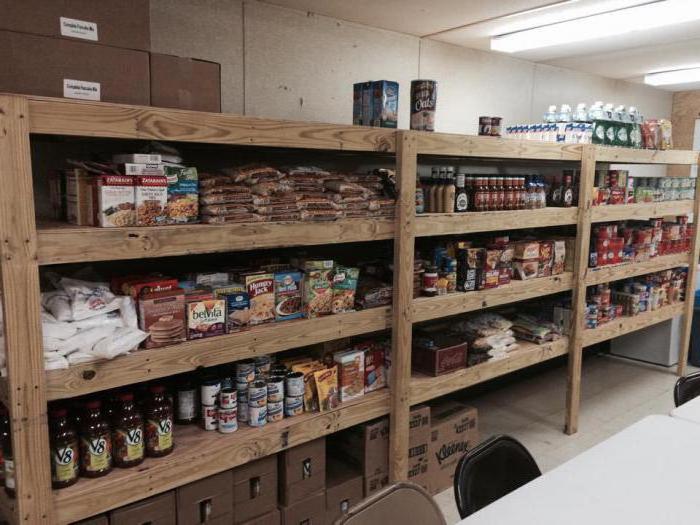
Retailers of household appliances and electronics
Especially popular among Russian consumers are discounters for household appliances and electronics. A large example of this kind of store is the large TechnoPoint chain. Brand-new sales methods for Russia have enabled this retailer to strengthen its position in this sector of the consumer market. Minimizing the cost of renting trade and exhibition halls, pre-sale and service training, as well as reducing the hiring of specially trained employees, allows the company to provide goods at low prices.
Automation of the sales process using computer terminals, quick delivery of goods at a specially leased point and good discounts for regular customers - all this ensures a continuous flow of customers all year round. An effective pricing policy and unhindered exchange of goods in case of inadequate quality, as well as the simplicity and convenience of acquiring any piece of equipment from the presented assortment line, positively affect the company's popularity. That is why this retailer is successfully developing and increasing sales turnover every year.